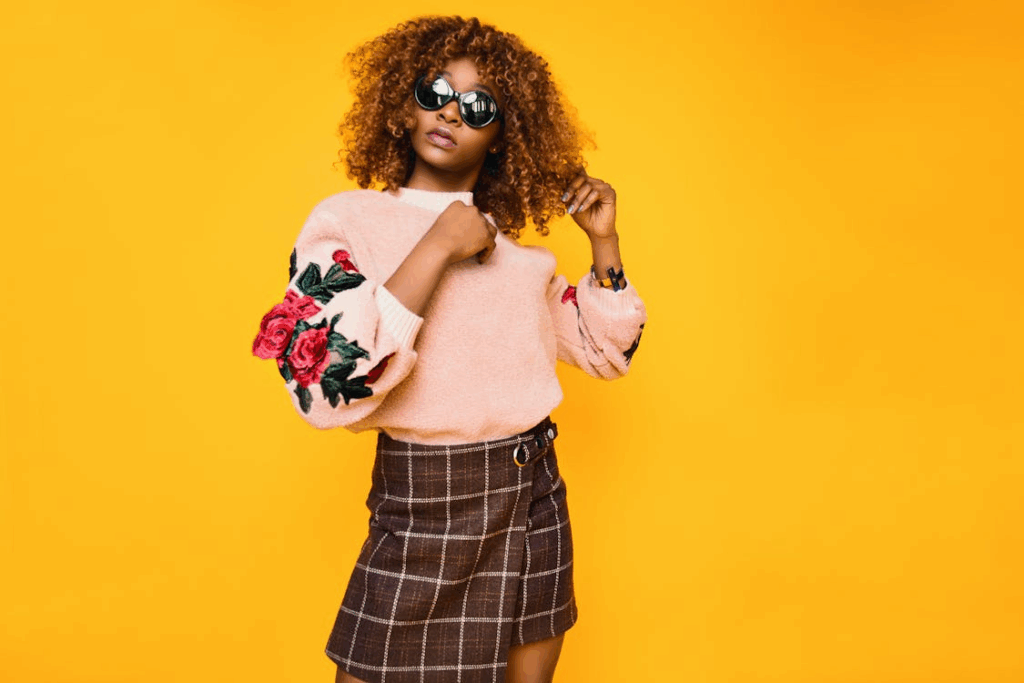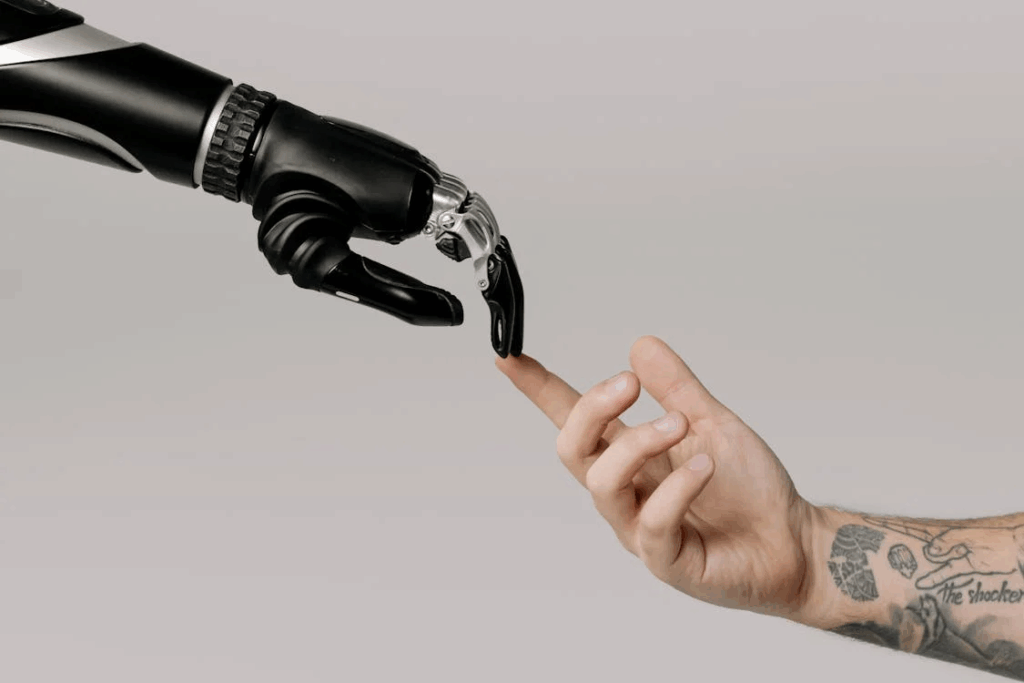Fashion Forward: Designing at the Speed of Thought
3. Fashion Forward: Designing at the Speed of Thought

For centuries, fashion has danced between art and commerce—seasonal, expressive, and at times, elusive. Designers once relied on intuition, trend scouts, and gut feeling, sketching collections months in advance based on signals from the streets of Paris or the runways of Milan. The process was slow, often speculative, and laden with risk.
Today, that rhythm is changing.
Artificial intelligence is rapidly transforming how clothes are conceived, created, and consumed. What once took weeks of mood boarding and months of sampling can now happen in hours, thanks to data-driven forecasting, AI-powered co-design tools, and real-time consumer feedback loops. Designers are no longer working in isolation; they’re collaborating with intelligent systems that can parse millions of images, simulate fabrics, and anticipate demand before a garment ever hits the market.
But this isn’t just about speed. It’s about precision, personalization, and sustainability.
The rise of AI in fashion isn’t replacing creativity, it’s enhancing it. From high fashion houses to digital-native brands, innovators are embracing tools that make the process faster, smarter, and more ethical. In this section, we explore how fashion is evolving through AI from the way trends are predicted to the tools reshaping garment design, to the deeper promise of a sustainable, tech-enabled industry.
Table of Contents
3.1 From Gut to Graph: AI in Trend Forecasting
In an era where viral trends are born overnight and fade by the next week, traditional forecasting methods based on retail sales history and seasonal intuition are no longer enough.
AI is now being used to predict style trajectories months in advance by analyzing millions of real-time data points. Tools like Heuritech and Edited scrape social media platforms, influencer feeds, fashion week imagery, and street style databases to:
Detect emerging shapes, color schemes, and materials
Identify regional style variations and seasonality
Analyze the velocity and staying power of specific trends
Industry data indicates AI trend forecasting can reduce errors by up to 50%, significantly cutting inventory waste and boosting sell-through rates by 20–50%. Heuritech has also helped clients achieve 100% sell-through on exclusive capsule launches and 60% on luxury assortments.
Instead of reacting to what’s trending, fashion brands are now able to design ahead of the curve, aligning production with actual consumer intent and avoiding the overproduction that has long plagued the industry.
3.2 AI as Muse: Design Tools that Co-Create

Imagine typing: “A futuristic trench coat inspired by Scandinavian minimalism in recycled silk with neon piping.” Within seconds, these tools produce multiple visual interpretations—each a potential starting point for real-world production.
On the technical side, platforms like CLO 3D, Browzwear, and Marvelous Designer allow creators to design garments in 3D, simulate draping, and test fabric behavior digitally—without touching a needle or wasting material. These tools provide:
Accurate fit visualization across body types
Fabric physics simulation (stretch, flow, weight)
Seamless integration with pattern-making and production pipelines
The result is not just faster prototyping, but more informed, precise, and sustainable design—minimizing errors, reducing sample waste, and shortening the design-to-launch cycle from months to weeks.
3.3 Sustainable Fashion Through Predictive Manufacturing
Fashion is the second-largest industrial polluter, responsible for around 10% of global carbon emissions and over 92 million tons of textile waste per year. Much of this waste stems from inaccurate forecasting, overproduction, and inefficient supply chains.
AI is now offering a pathway to intelligent sustainability by enabling:
Predictive manufacturing: AI anticipate how many units will sell in each size, region, and channel—reducing unsold inventory.
Digital twins of garments: Allow testing and marketing of designs before physical production begins.
Virtual try-ons: Powered by AR and computer vision, tools from companies like Zalando, Amazon, and Fashable allow customers to see clothes on 3D avatars or themselves—reducing return rates, especially in online fashion, which can reach up to 40%.
Forward-thinking companies like Nike, H&M, and Zara are already using AI to streamline sourcing, improve sizing recommendations, and optimize store layouts. Meanwhile, smaller brands are leveraging tools like Reflaunt and ThredUp’s Resale-as-a-Service to embed circularity into the post-sale journey.
3.4 What’s Next: Designing in Real Time, Selling by Signal
The future of fashion isn’t just digital—it’s responsive.
AI is enabling a move toward real-time product development, where designers receive direct input from customers—through sentiment analysis, sales data, or social feedback—and iterate collections live. In some cases, AI even suggests design variations based on what’s performing well in-market.
As generative AI models become multimodal and increasingly creative, they will be able to:
Suggest fabric sourcing partners based on design parameters
Auto-generate mood boards and campaign assets
Simulate the environmental impacts of each design choice
This convergence of AI, cloud computing, and customer data signals a new era: one where creativity, commerce, and conscience are integrated from the first sketch to the final stitch.
Final Word: Fast Fashion, Slow Waste, Smart Future
Designing at the speed of thought isn’t just a metaphor; it’s now a capability. The smartest fashion brands are embracing AI not as a replacement for human creativity but as a powerful collaborator augmenting intuition with insight and imagination with intelligence.
As the tools mature and awareness grows, the industry’s future may look less like fast fashion and more like precise fashion: quicker to market, more inclusive, and infinitely more sustainable.
🧩 Quick Game: AI or Not?
Circle the ones you think were designed by AI!
🎨 Look at these 6 mini design samples:
(Logos, architecture renders, fashion sketches, UI mockups — you can use actual examples or stylized icons.)
🏢 Building Blueprint
👗 Dress Sketch
🎯 Logo Concept
📱 App Interface
🌇 City Layout
📦 Product Packaging
Your Task:
Guess the ones you think were made by an AI.
Leave the ones you think were made by humans unmarked.
📍Answers hidden at the bottom—fold or cover with a flap.
✅ Answer Key (fold-over section or QR reveal):
AI
Human
AI
AI
Human
AI
🏆 Score Yourself:
5–6 correct: You’ve got a designer’s radar!
3–4 correct: AI is tricky, huh?
0–2 correct: Machines might just be your new creative rival…
Contributor:

Nishkam Batta
Editor-in-Chief – HonestAI Magazine
AI consultant – GrayCyan AI Solutions
Nish specializes in helping mid-size American and Canadian companies assess AI gaps and build AI strategies to help accelerate AI adoption. He also helps developing custom AI solutions and models at GrayCyan. Nish runs a program for founders to validate their App ideas and go from concept to buzz-worthy launches with traction, reach, and ROI.
Contributor:

Nishkam Batta
Editor-in-Chief - HonestAI Magazine
AI consultant - GrayCyan AI Solutions
Nish specializes in helping mid-size American and Canadian companies assess AI gaps and build AI strategies to help accelerate AI adoption. He also helps developing custom AI solutions and models at GrayCyan. Nish runs a program for founders to validate their App ideas and go from concept to buzz-worthy launches with traction, reach, and ROI.
Unlock the Future of AI -
Free Download Inside.
Get instant access to HonestAI Magazine, packed with real-world insights, expert breakdowns, and actionable strategies to help you stay ahead in the AI revolution.




